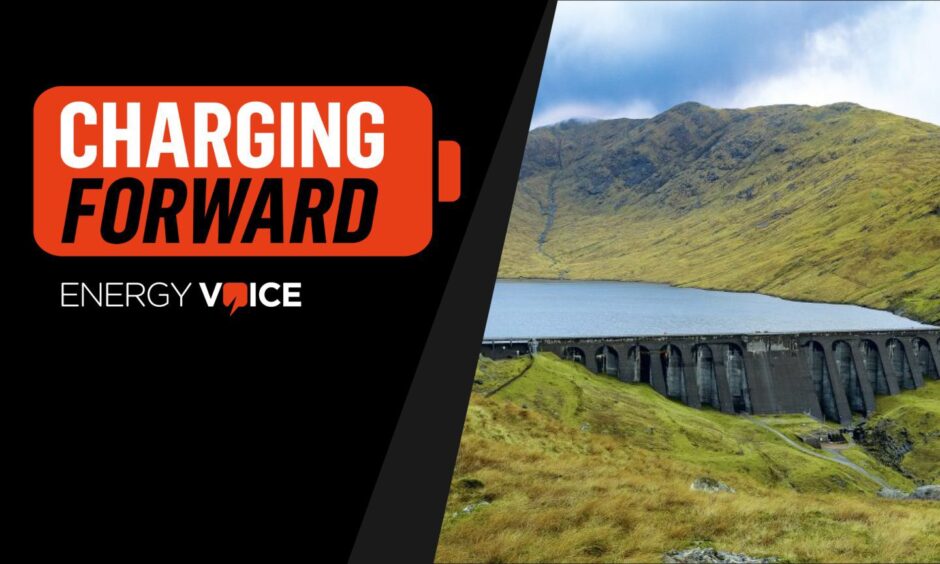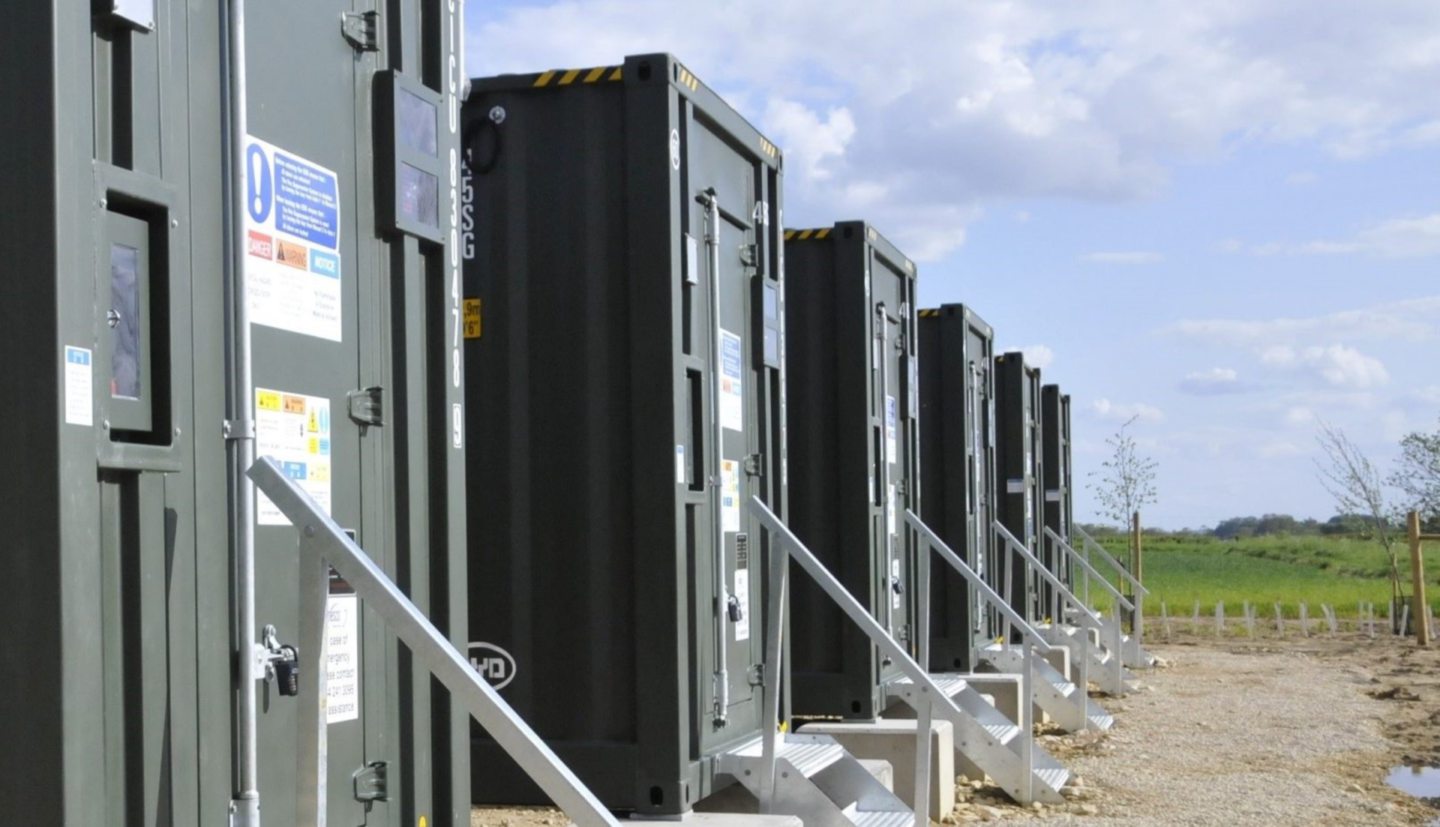
The UK government launched a ‘cap and floor’ mechanism designed to leverage investment in long duration energy storage (LDES) capacity.
The scheme will be open to a range of technologies including pumped storage hydropower, hydroelectric power, and more nascent technologies like liquid air energy storage (LAES) and flow batteries.
Crucially, the support scheme will not apply to established lithium-ion battery storage technology.
The Department for Energy Security and Net Zero (DESNZ) said the new investment scheme could spur the first major long-duration power storage facilities the country has seen in almost four decades.
Highview Power LAES
Less than a week later, Highview Power announced plans to build four 2.5 GWh LAES plants in the UK by 2030, including two in Scotland.
The multi-billion-pound investment comes after Highview secured £300 million in funding for its first LAES plant near Manchester earlier in June.
Highview said it plans to build the first of its four plants in Scotland at the Peel Ports site at Hunterston in Ayrshire.
A second plant in Aberdeenshire will “support the onshoring of renewable energy resources from the North Sea and the critical need for grid stability at this location”.
BESS to the rescue
Meanwhile, UK battery energy storage system (BESS) developers illustrated their importance earlier this month after an interconnector cable went down.
BESS provided close to 1.5 GW of power after the NSL interconnector between the UK and Norway suddenly stopped exporting power in the morning on 8 October.
Arenko Group chief technology officer Roger Hollies said on social media that 1.5GW of batteries across the UK network were able to inject power into the grid during the disruption.
Elsewhere, Root Power submitted planning applications for six BESS projects across the UK, representing 315 MW of storage capacity.
This takes Root Power’s total portfolio of projects to over 2 GW, with projects ranging from 10 MW to 100 MW in size.
The sites are located in North Yorkshire, Devon, Derbyshire, Bedfordshire, Glamorgan and Gloucestershire.
The largest of the submitted projects, located in North Yorkshire close to the Drax Power Station, will provide 200MWh once complete.
TagEnergy Lakeside Energy Park
Nearby, the UK’s largest BESS system came online at TagEnergy’s 100 MW Lakeside Energy Park near Drax.
Staying in Yorkshire, SSE Renewables began construction its largest BESS project, with the 320 MW installation at Monk Fryston set to be completed in 2026.
Meanwhile, Tesla has selected infrastructure consulting firm AECOM to support the delivery of one of the world’s largest BESS projects for offshore wind.
The 600 MWh capacity project will be installed on the same site as the onshore substation for Ørsted’s 2.9GW Hornsea 3 offshore wind farm, set to be operational by the end of 2026
AECOM UK and Ireland director of energy Eloise John said the project will “help accelerate the growing adoption of these types of batteries for offshore wind and beyond”.
“This fantastic project shows the potential of this technology at a global level and highlights the need for energy shortage as an essential component of the UK’s energy strategy for transitioning to net zero,” John said.
Elsewhere, Mid Sussex District Council approved plans by One Planets Developments for a 350 MW BESS project at Twineham despite local opposition.
International energy storage news
Finally, in international energy storage news Australian firm Green Gravity raised close to £4.6 million in Series A funding for its gravity-based LDES technology.
The Wollongong-headquartered firm utilises disused mineshafts to capture and release the gravitational energy of weights using excess renewable energy.
Investors in Green Gravity included Japanese firm Sumitomo Corporation, Australian steel manufacturer BlueScope, HMC Capital and Pacific Channel.
Scottish firm Gravitricity is developing similar gravity-based energy storage projects across the UK and in Finland.
Recommended for you


 © Supplied by Anesco
© Supplied by Anesco